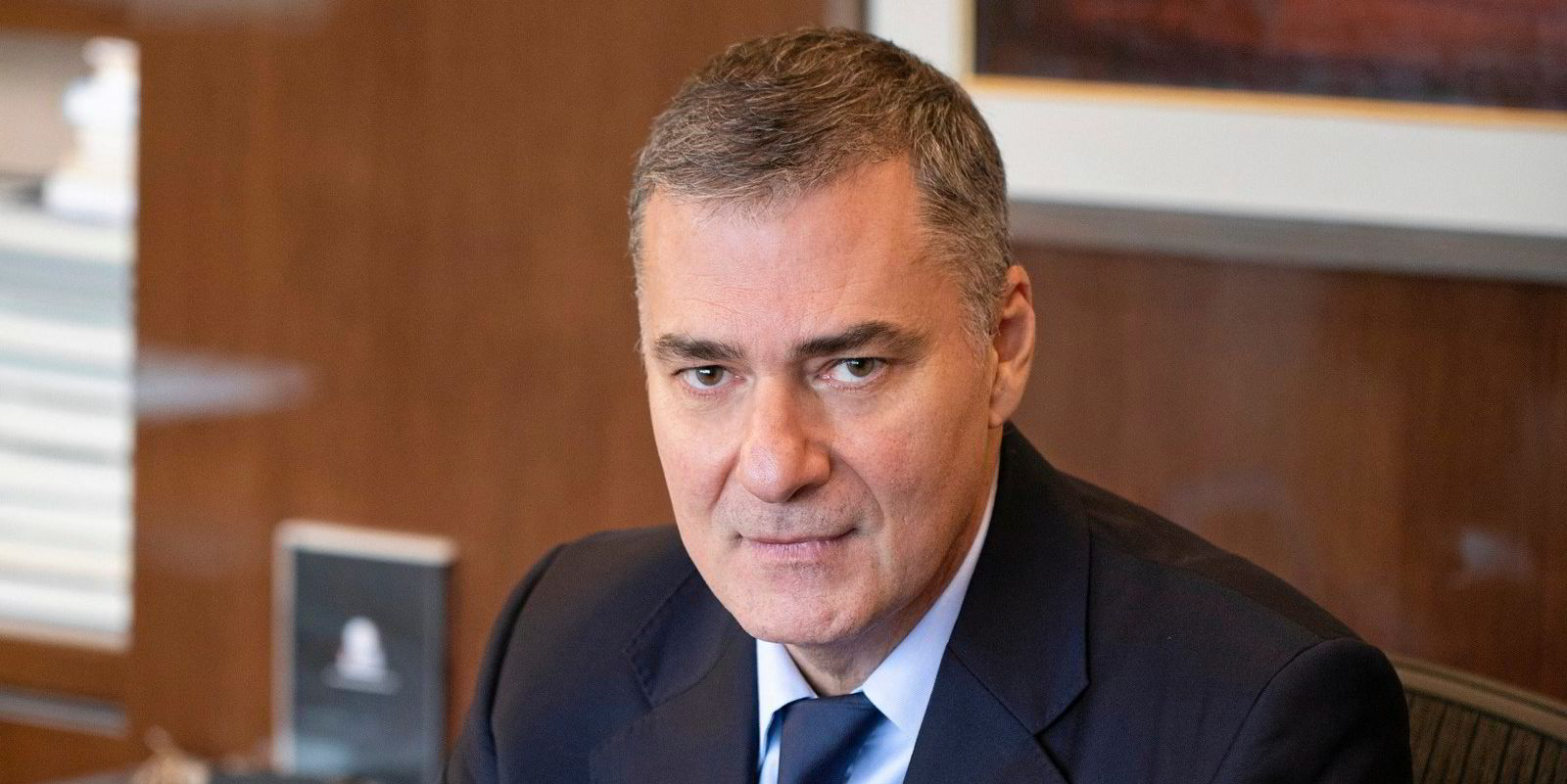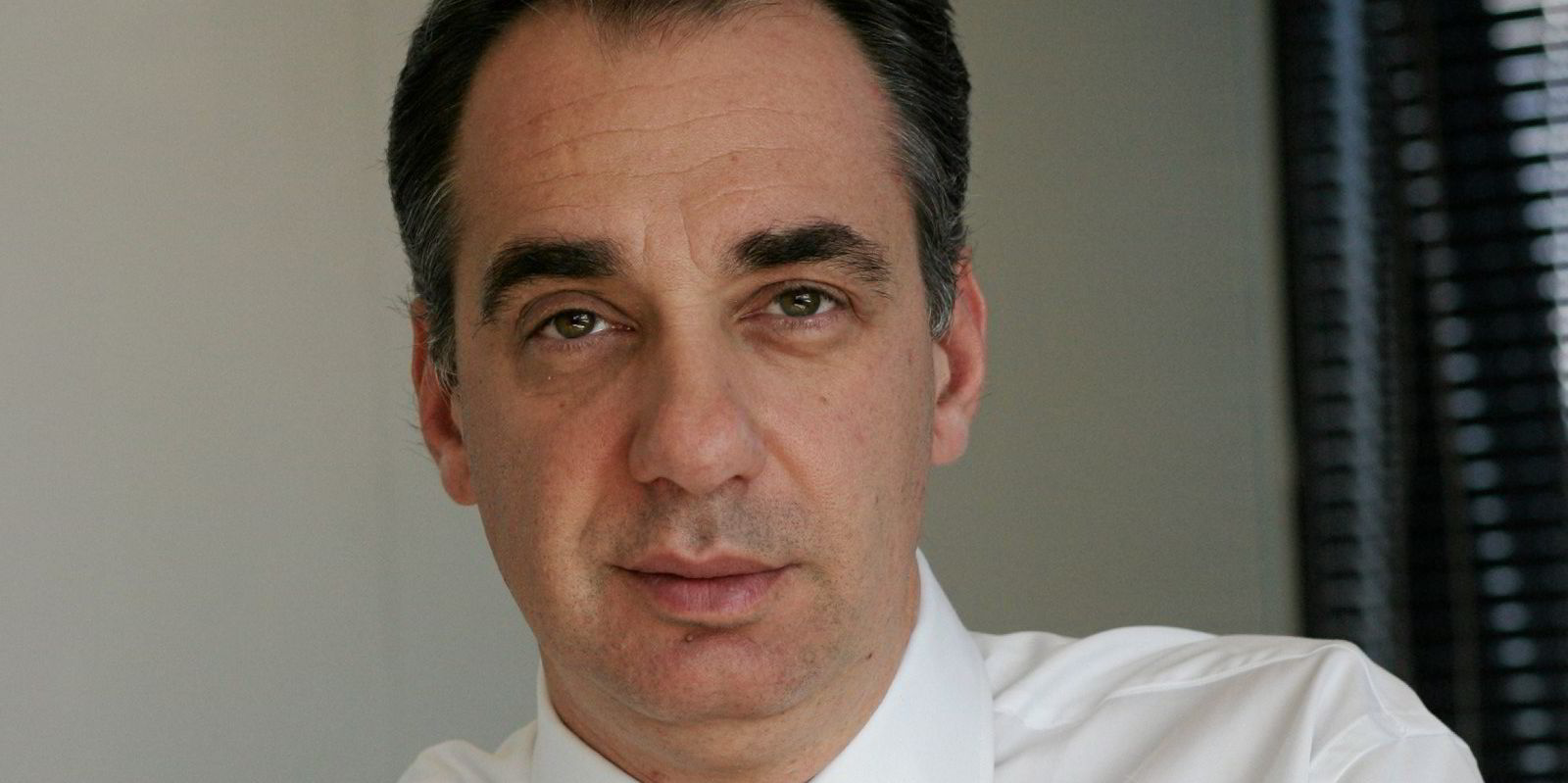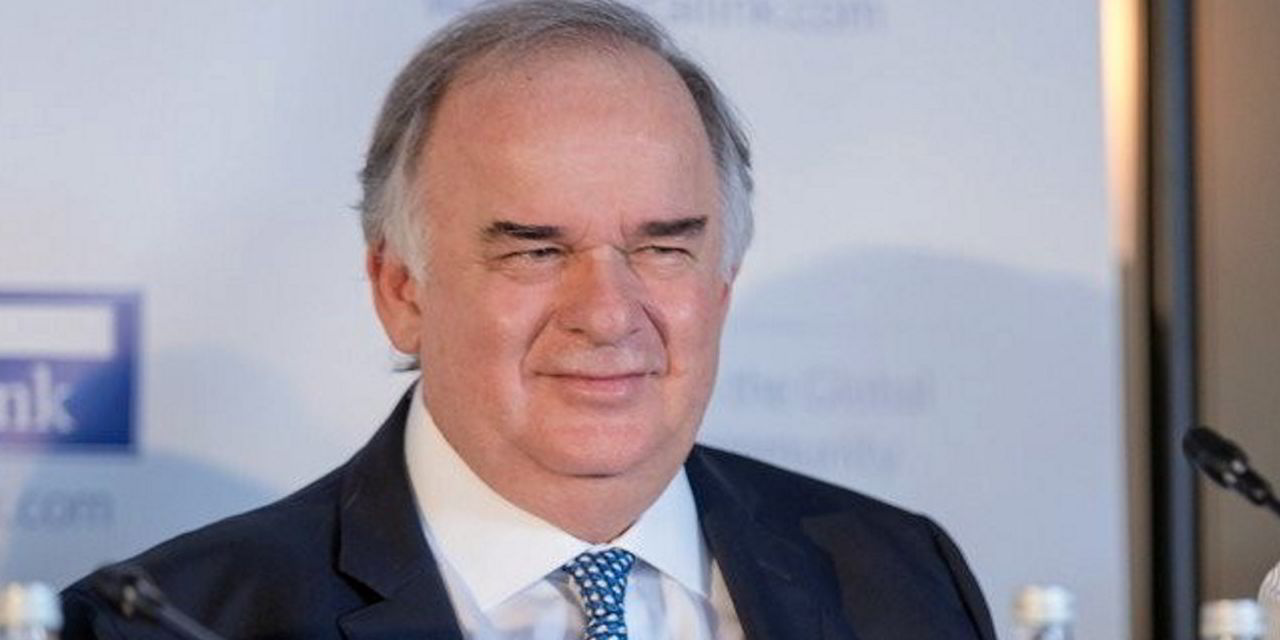Costamare, an owner and operator of about 160 bulkers and boxships, has accelerated the sale of its smaller dry ships as part of a long-term strategy to focus on bigger vessels.
The US-listed company, which built its bulker fleet from scratch in 2021, revealed on Wednesday that it has completed or agreed the sale of nine supramaxes and handysizes over the past few weeks, for total net proceeds after debt pre-payments of $58.7m (see table).
These transactions, two of which the company flagged three months ago, bring to 12 the number of vessels it has sold since last year.
Chief financial officer Gregory Zikos said in November that the company would gradually dispose of such ships to replace them with younger and larger ultramaxes and capesizes.
As part of the same strategy, Costamare confirmed the acquisition of the 180,600-dwt capesize Iron Miracle (built 2011) at an undisclosed price.
TradeWinds reported in December that Costamare had bought the ship for between $26m and $27.2m.
These transactions did not affect its profitability in the fourth quarter of 2023, which came in, on an adjusted basis, at $80m, up from $74.8m a year earlier.
Including one-off items — such as more than $100m in container ship sales gains that it booked in the final quarter of 2022 but did not repeat in 2023 — reported net income available to common shareholders dropped at an annual pace of 48% in the fourth quarter to $96.6m.
The company announced last month that it was maintaining its dividend steady for a seventh consecutive quarter at $0.115 per share.
In comments accompanying the earnings statement, Zikos reiterated that Costamare is in bulkers for the long haul and it maintains a positive view of the market.
“Subject to market conditions, our goal is to continue our expansion in the dry market,” he said.
Costamare announced it has concluded a fresh $60m batch of loans as part of a standing “hunting license” to acquire bulkers and container ships.
Costamare carries out part of its bulker activity through the Costamare Bulkers (CBI) platform of large, chartered-in vessels, which shrank somewhat to 51 ships from 59 in the third quarter.
CBI, most of whose vessels are on index-linked charters, contributed greatly to a 35% jump in the company’s total voyage revenue to $1.5bn in the full year of 2023.
On the other hand, CBI fuelled the company’s voyage expenses to $275.9m last year from $49.1m in 2022. Costamare posted $340.9m in charter-in hire expenses for the year.
‘Proactive boxship chartering’
The company’s core container ship business is looking up, following the Red Sea crisis.
“Recent events have been contributing positively to the supply and demand dynamics, pushing up box and charter rates,” Zikos said.
“Tonnage is expected to remain tight at least until the Chinese New Year.”
As a result, the company said it has “proactively” secured employment for 95% of its tonnage days for 2024 and 78% for 2025.
Contracted revenues for its owned container ship fleet of 68 vessels stand at about $2.5bn, with a teu-weighted average duration of 3.6 years.
The company also announced on Wednesday that in December it bought from joint venture partner York Capital the 51% it did not already own in the 1,550-teu Arkadia (built 2001).
Costamare set up the joint venture with York Capital in 2013. Following the full acquisition of the Arkadia, the partnership is left with no more ships.
The company’s shares closed in New York at $10.41 apiece on Tuesday, giving it a market value of about $1.23bn. That is below the $3.45bn net value of its fleet, according to its balance sheet as of the end of December.





